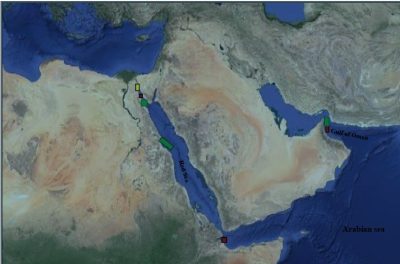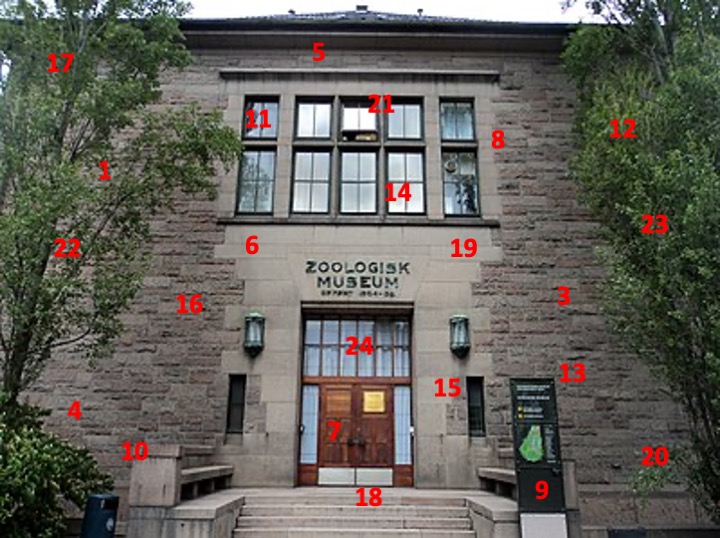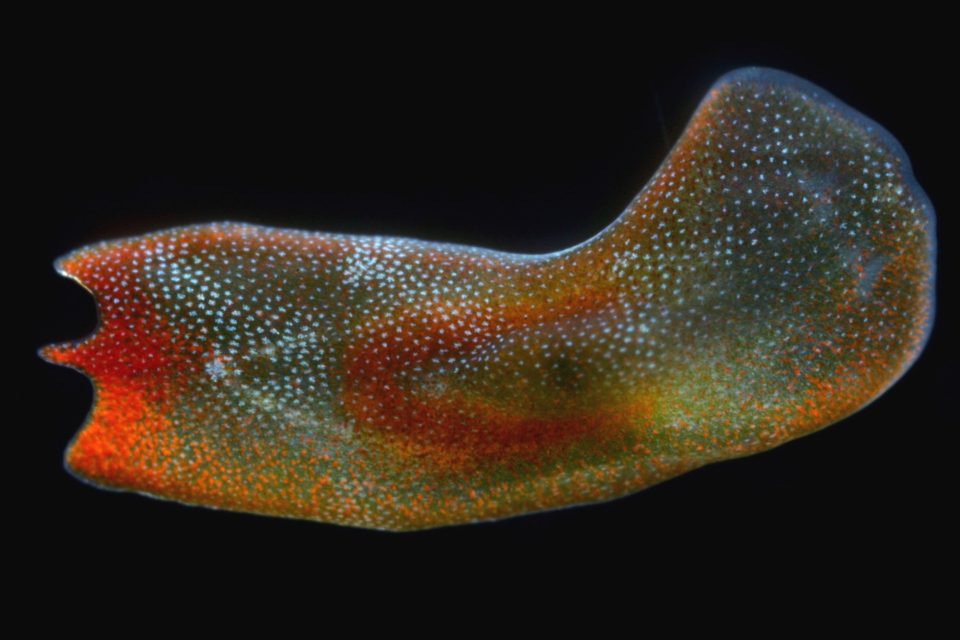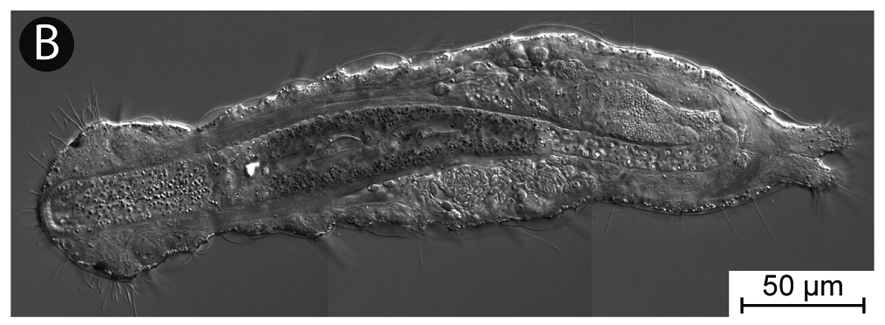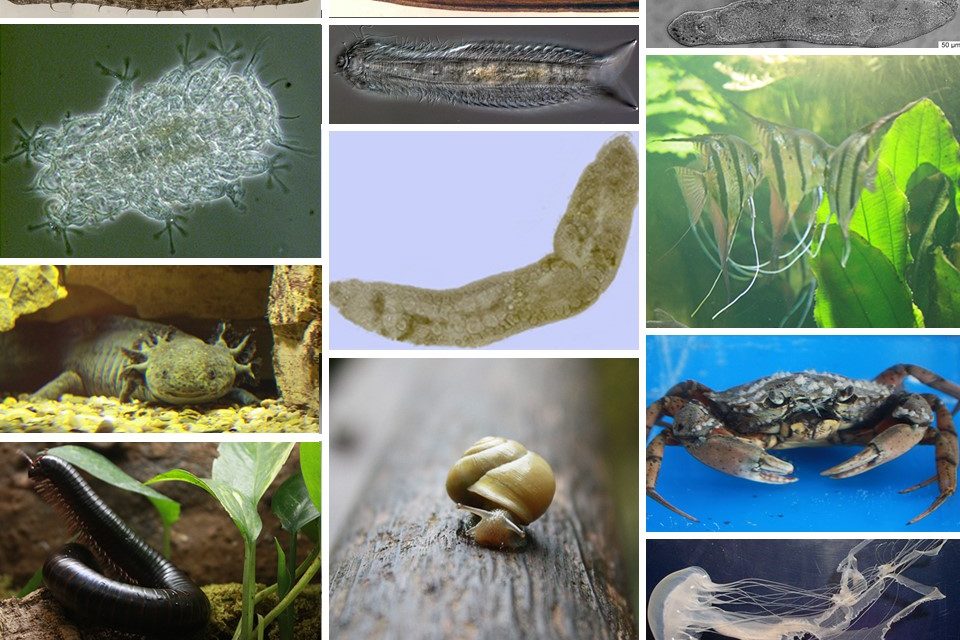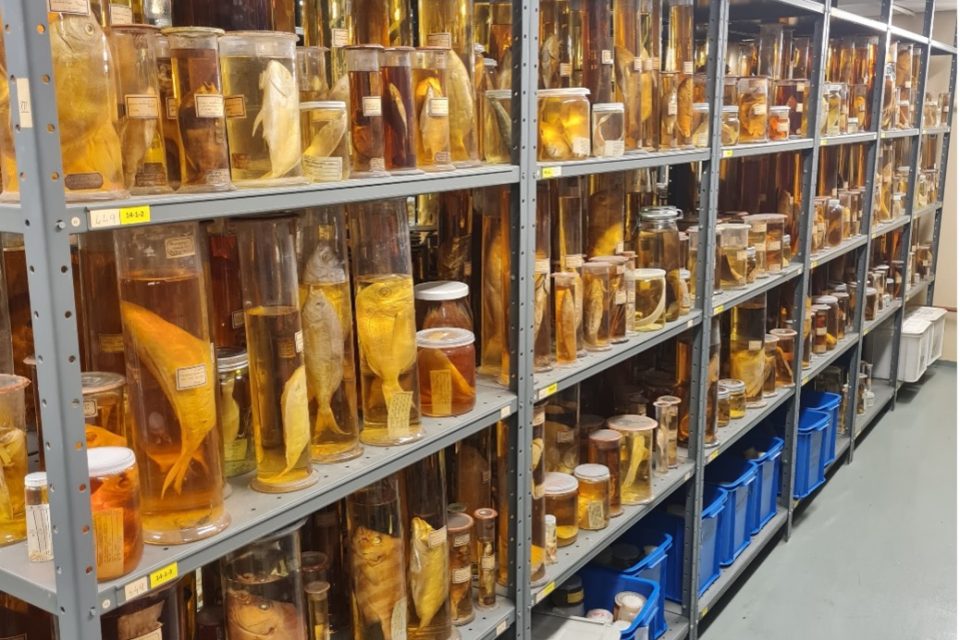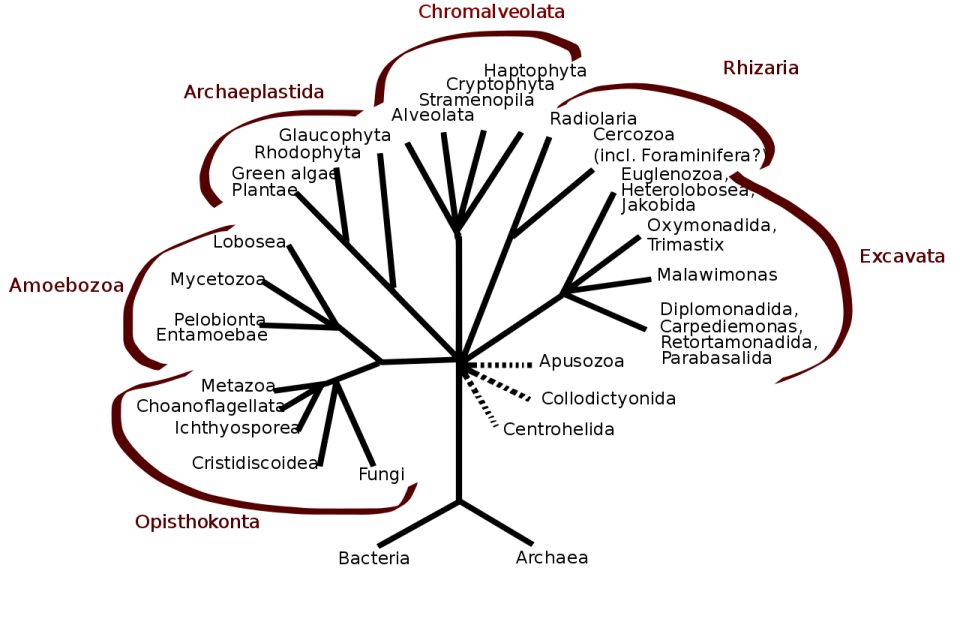
Door 1: The origin of animals and fungi
Although frequently neglected, animals and fungi share a close evolutionary relationship. Despite the huge differences in morphology, ecology, life history and behaviour they represent the two major lineages within Opisthokonta, a clade that was earlier referred to as the “Fungi/Metazoa group” in the Tree of Life. You may […]

